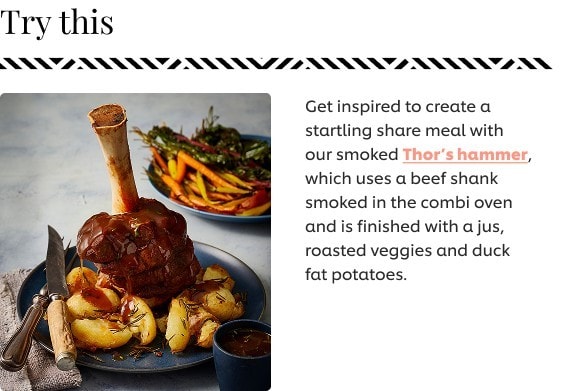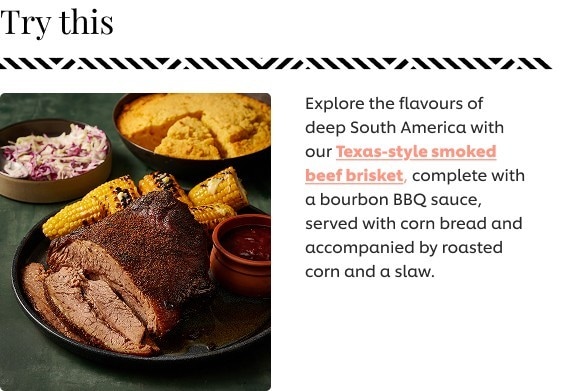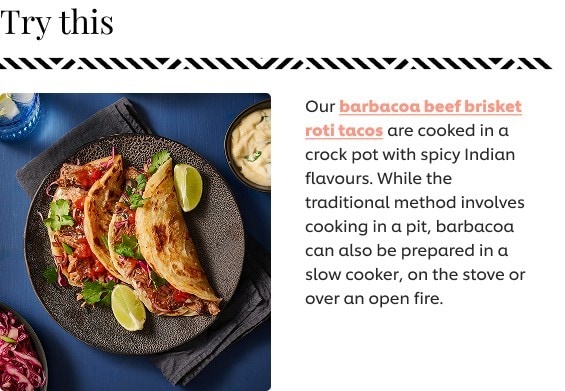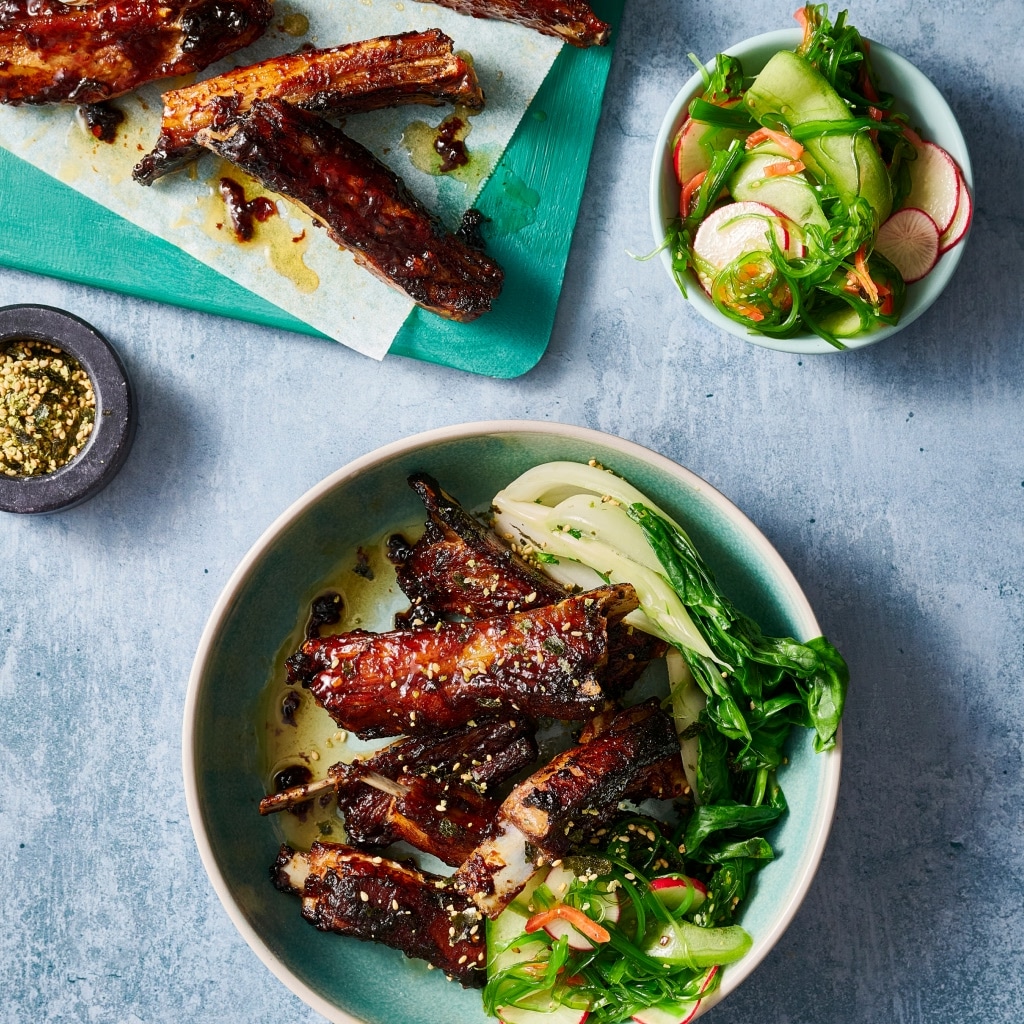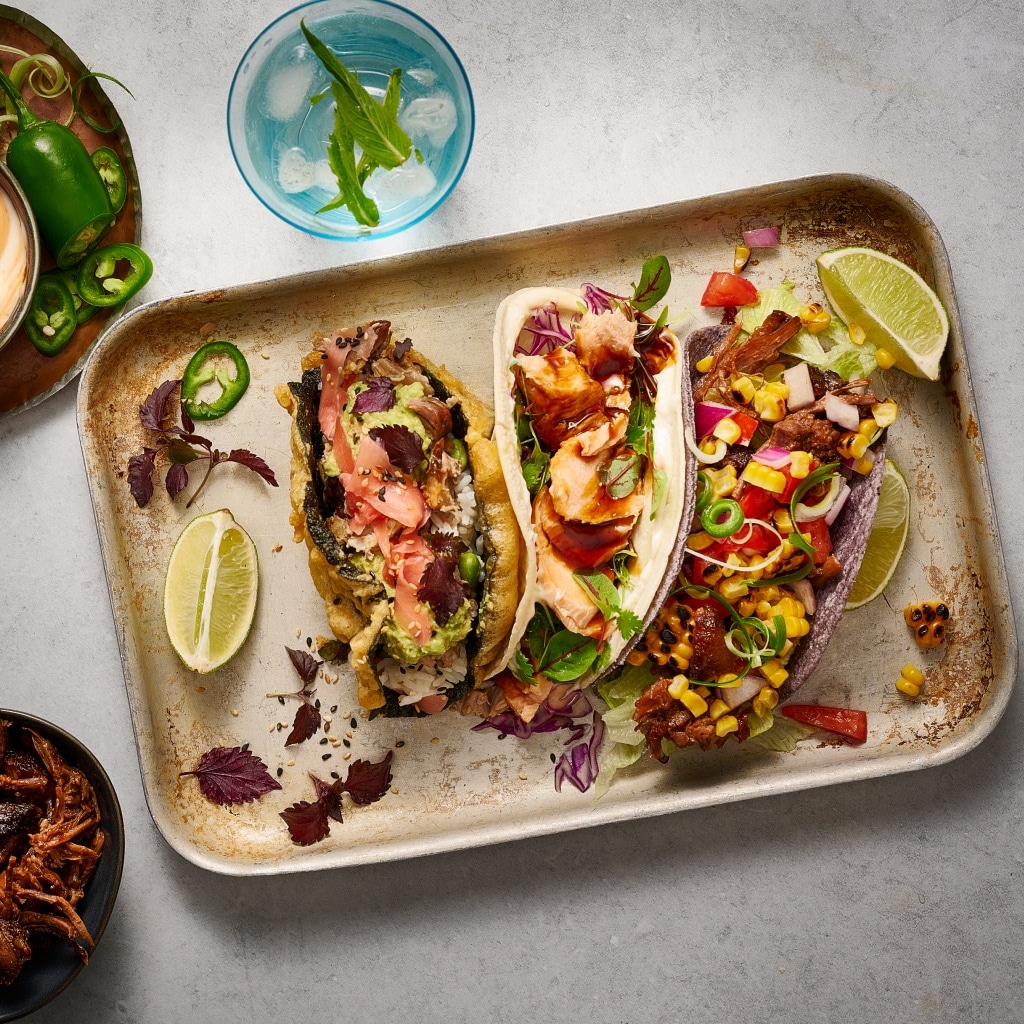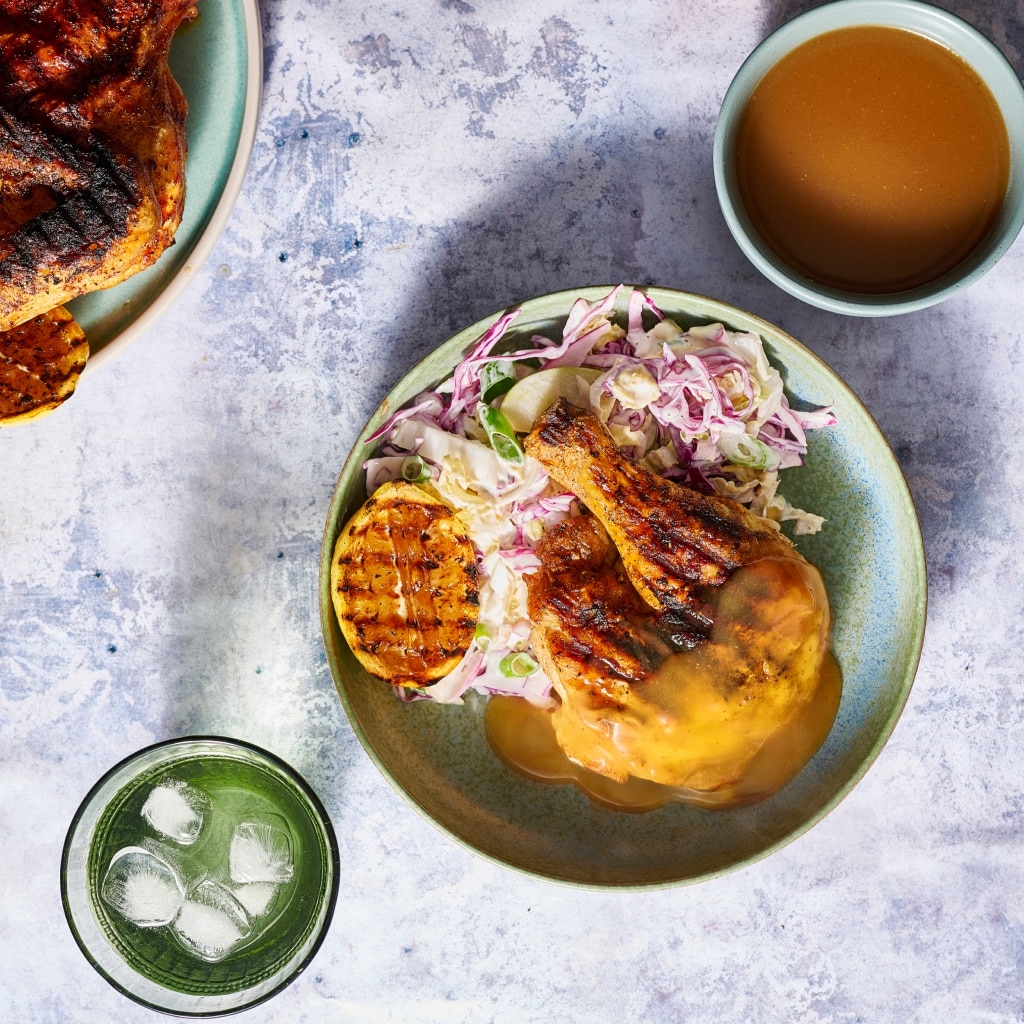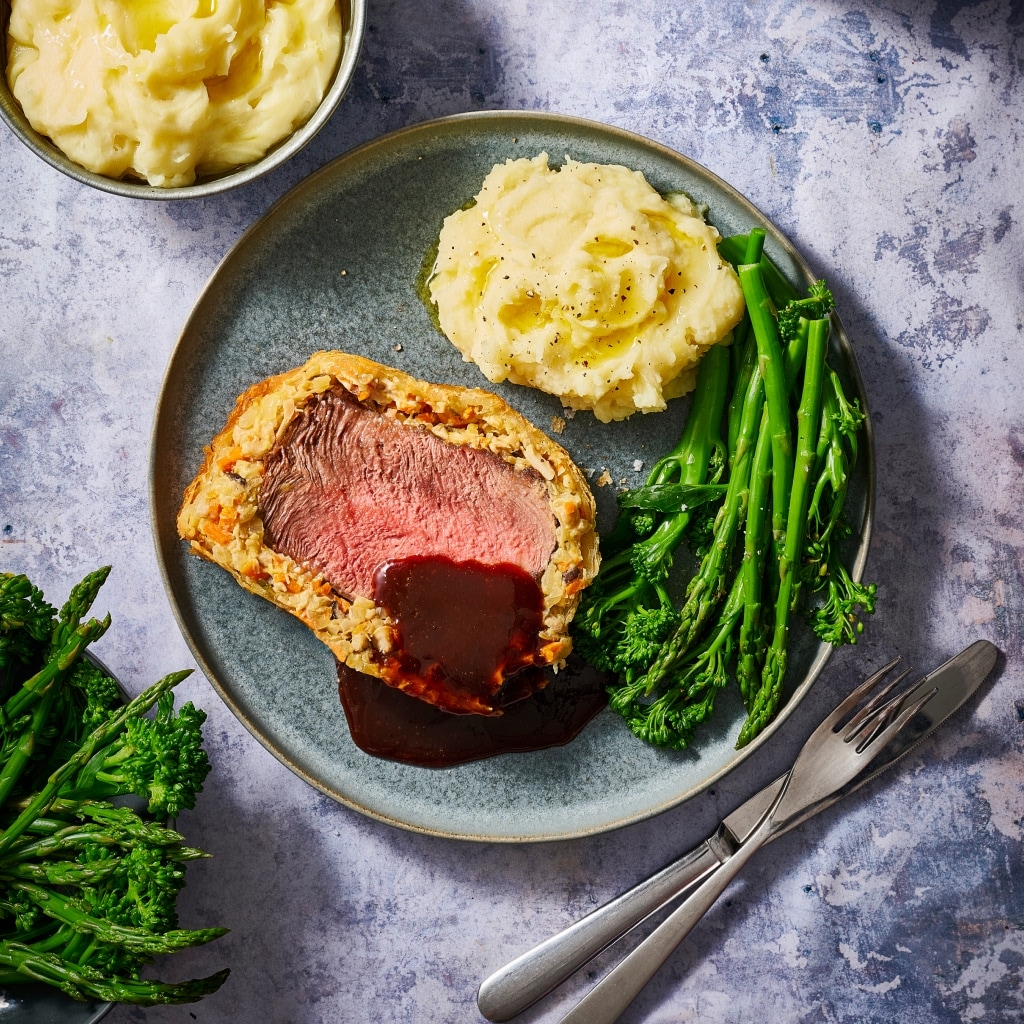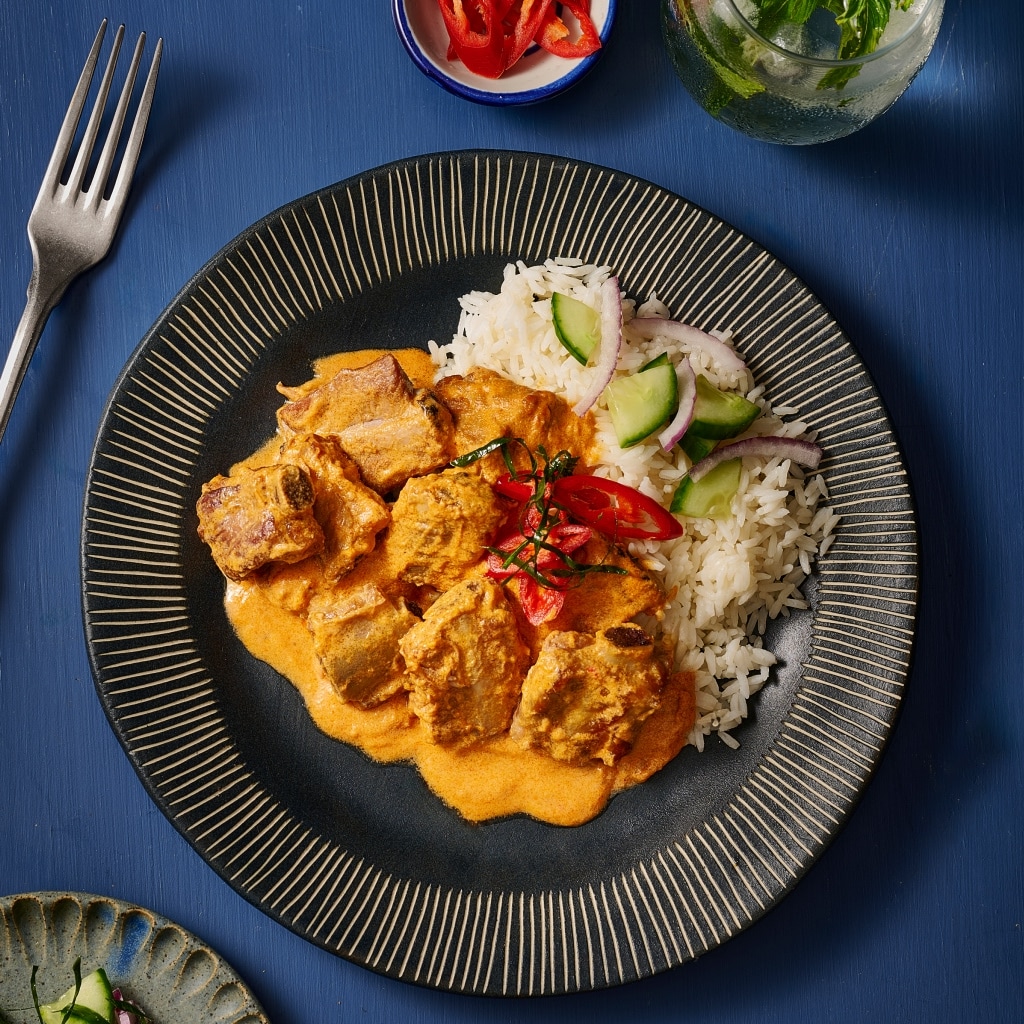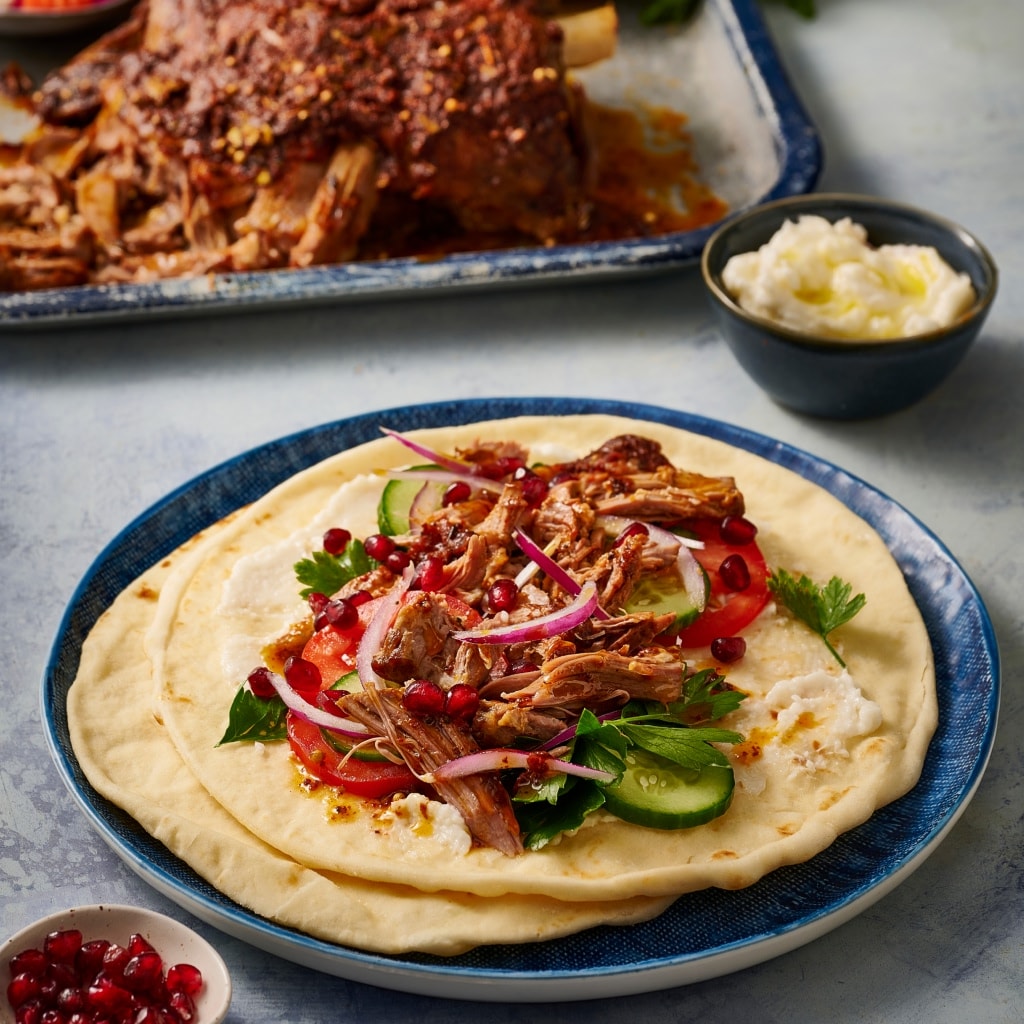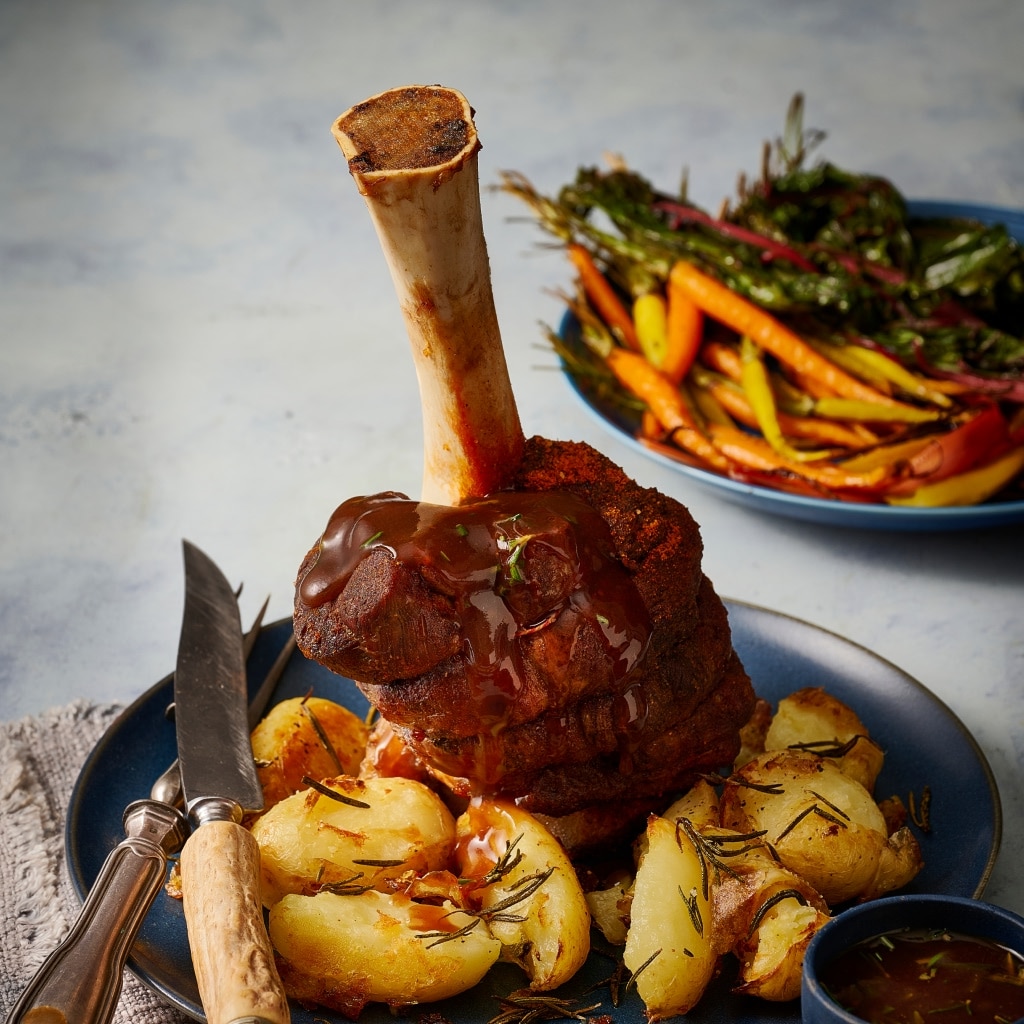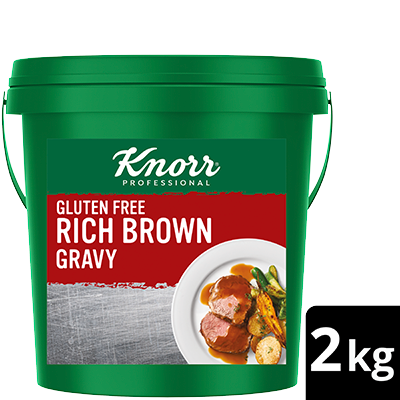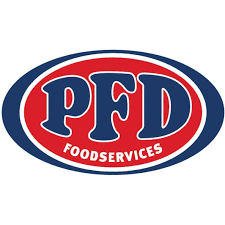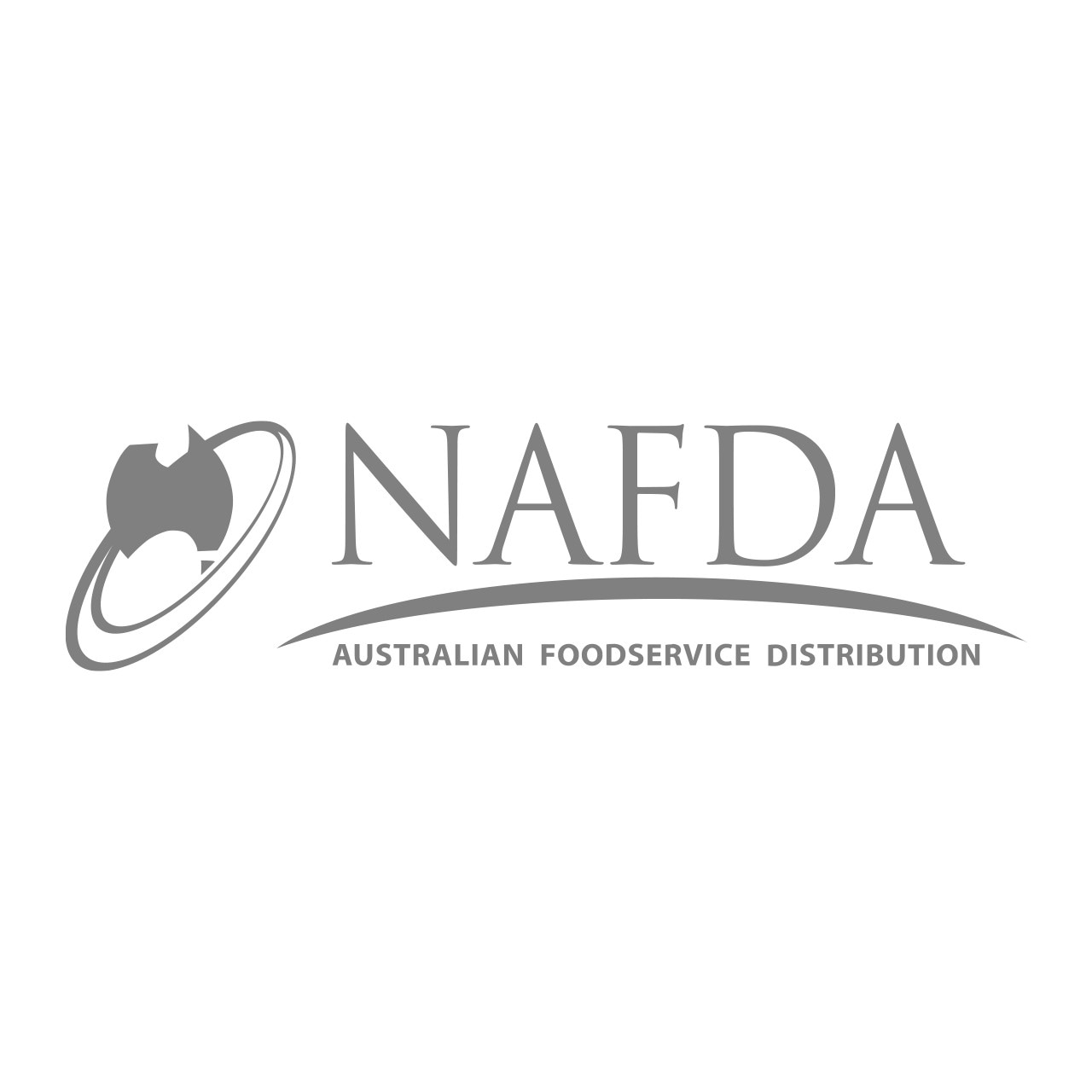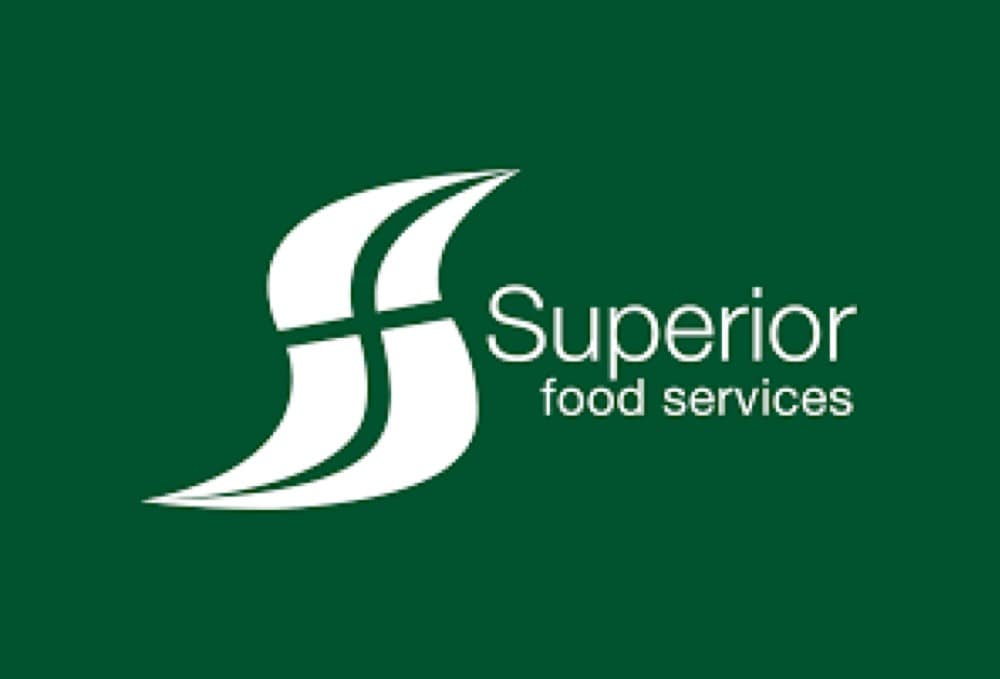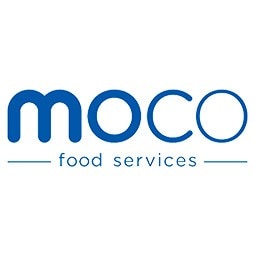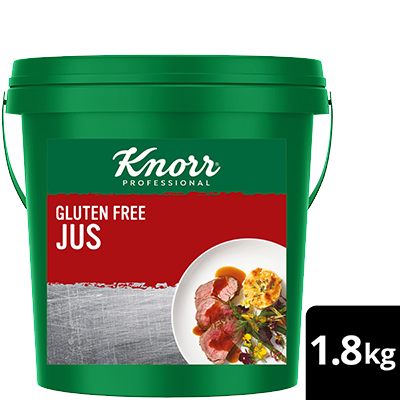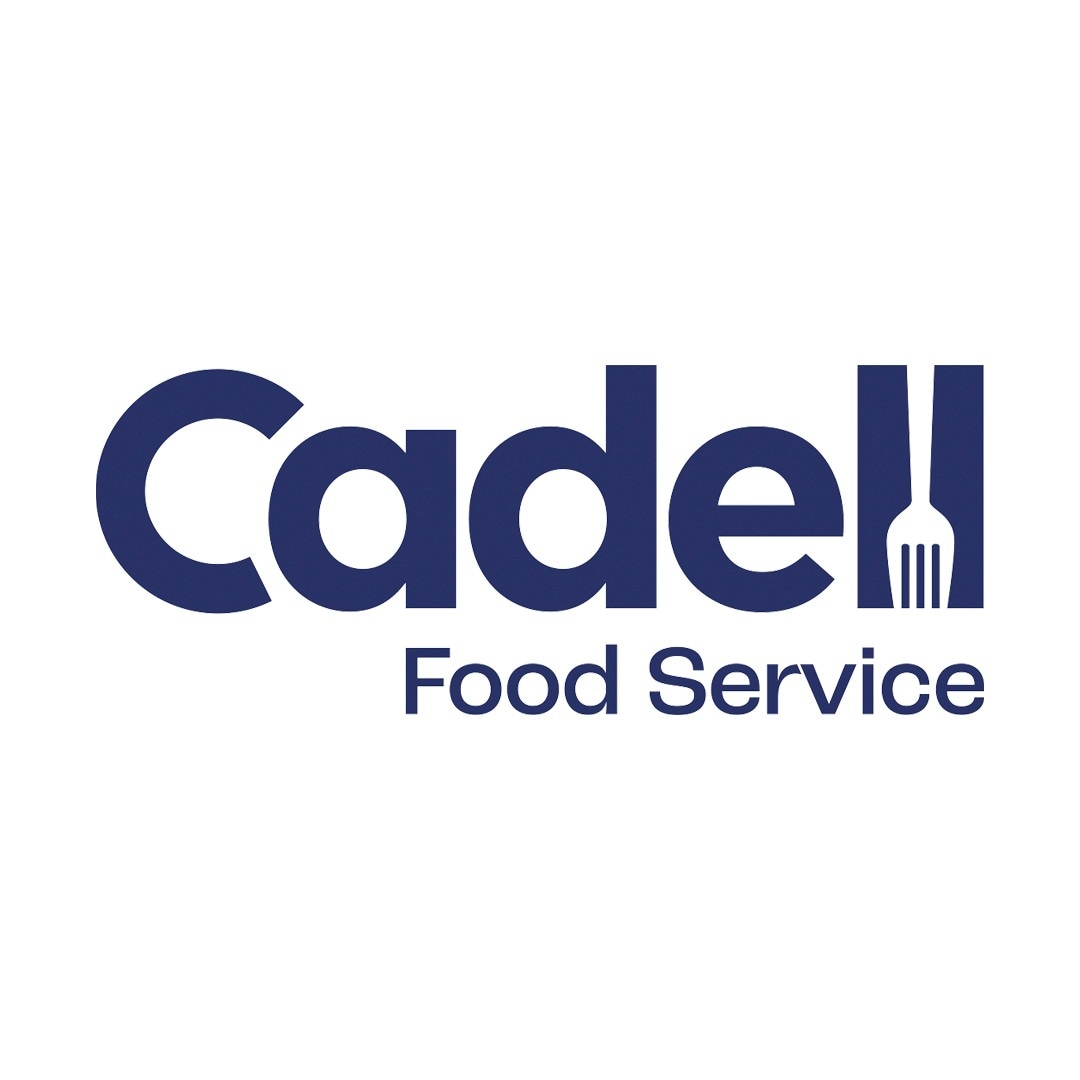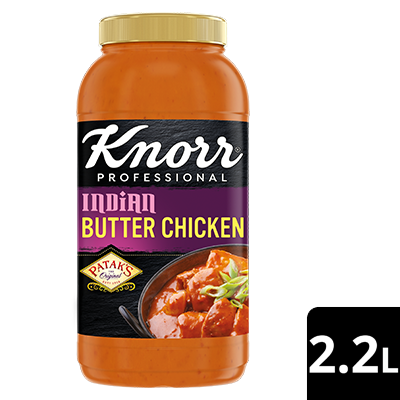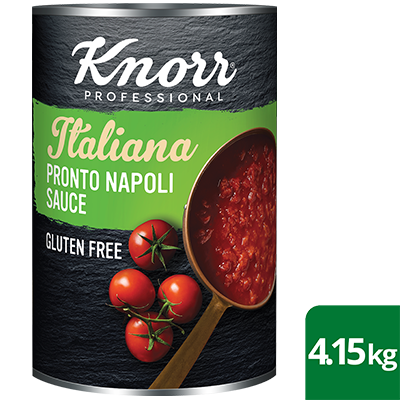Posted on Tuesday, 22nd April, 2025
In our recent survey about winter menu planning, chefs expressed an eagerness to explore trending techniques and modern twists to winter dishes. So, what are some practical ideas kitchens can implement to add excitement to their cold weather classics?

The versatility of modern kitchen machinery means there are many more low-and-slow cooking options available to chefs today. All it takes is a readiness to explore the capacity of these devices and an inclination to experiment.
And it’s something to be encouraged, according to Sam Burke, corporate executive chef and product & business development manager at Meat and Livestock Australia.
“I’m saying to chefs, you can use those combi ovens that you've got, use those sous vide machines that you have,” he enthuses. “Understand what can be done in them and then sit back and enjoy getting all your slow cooking done overnight.”
For kitchens that don’t own or have access to a smoker, the combi oven provides an accessible entry into this exciting culinary space. The machine’s precise temperature control allows for both hot and cold smoking.

Despite being an ancient practice, there’s as much discussion today about meat smoking methods than there’s ever been.
Flavour experimentation through wood chips is one of the most exciting areas for chefs to explore, with different timbers providing distinctive flavour profiles. Easily accessible local options include Australian hardwoods like ironbark or redgum for beef or fruit woods like cherry or apple for lamb.
Other smoking trends we expect to gather pace in 2025 include:
- Deeper explorations of global flavours, such as Japanese yakitori street food skewers and fiery Korean BBQ beef and pork belly
- A growing enthusiasm for plant-based alternatives that generate bold flavours when smoked, such as cauliflower steak, eggplant and seitan
- The rise of low-cost cuts that respond brilliantly to smoking, such as beef chuck roll.

Chefs can also consider traditional methods of slow cooking, says Burke, with even long-forgotten techniques suddenly returning to prominence.
“You know, we're seeing more and more of these big clay pot ovens and Josper/Mirbrasa charcoal ovens being favoured by the new generation of chefs,” he says. “Pizza ovens are also being used to slow cook shoulders and there’s real theatre in that.”
Burke even points to a revival of the traditional Māori underground steam oven, the hāngī, as a way for chefs to create a point of difference.
“The hāngī is coming back in. I mean, people are cooking outside and underground. All these methods are finding a new level of popularity.”
Burke uses the example of Firedoor in Sydney’s Surry Hills as a venue that has successfully set itself apart by using fire as its sole energy for cooking. This, says Burke, contributes as much to the atmosphere of the dining experience as it does the nature of the food.
“Cooking over fire, open flames, can be such as sensory thing. You know, the charcoal, the smell, just the romance of cooking over fire. The smokiness of the char grill and the taste; you combine that style with slow cooking and it’s the complete package.”
Burke uses lamb ribs as an example of how slow cooking and char grilling can effortlessly work together.
“Lamb ribs are fantastic because you can braise them in their whole sets and then finish them off with a sticky sauce over a flaming pan or char grill.”
Download the Chef’s Modern Guide to Slaying the Roast
At UFS, we’ve been researching the trends that matter, talking to chefs across the land and scouring hundreds of menus to create our latest Killer Classic guide: Slaying the Roast—The Low and Slow Edition. Available now, it’s your essential winter inspiration resource, packed with exciting new recipes and menu tips! Click here to download.
Disclaimer: The content of this article is created for inspiration purposes only. It is not intended as clinical, medical or nutritional advice.
